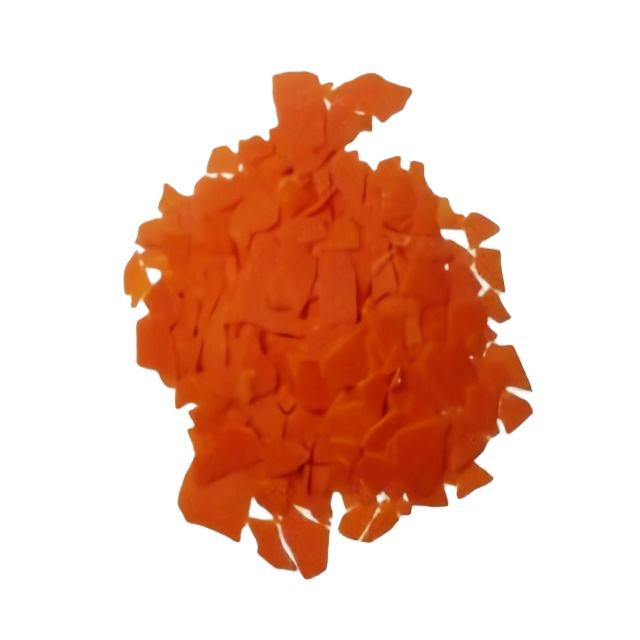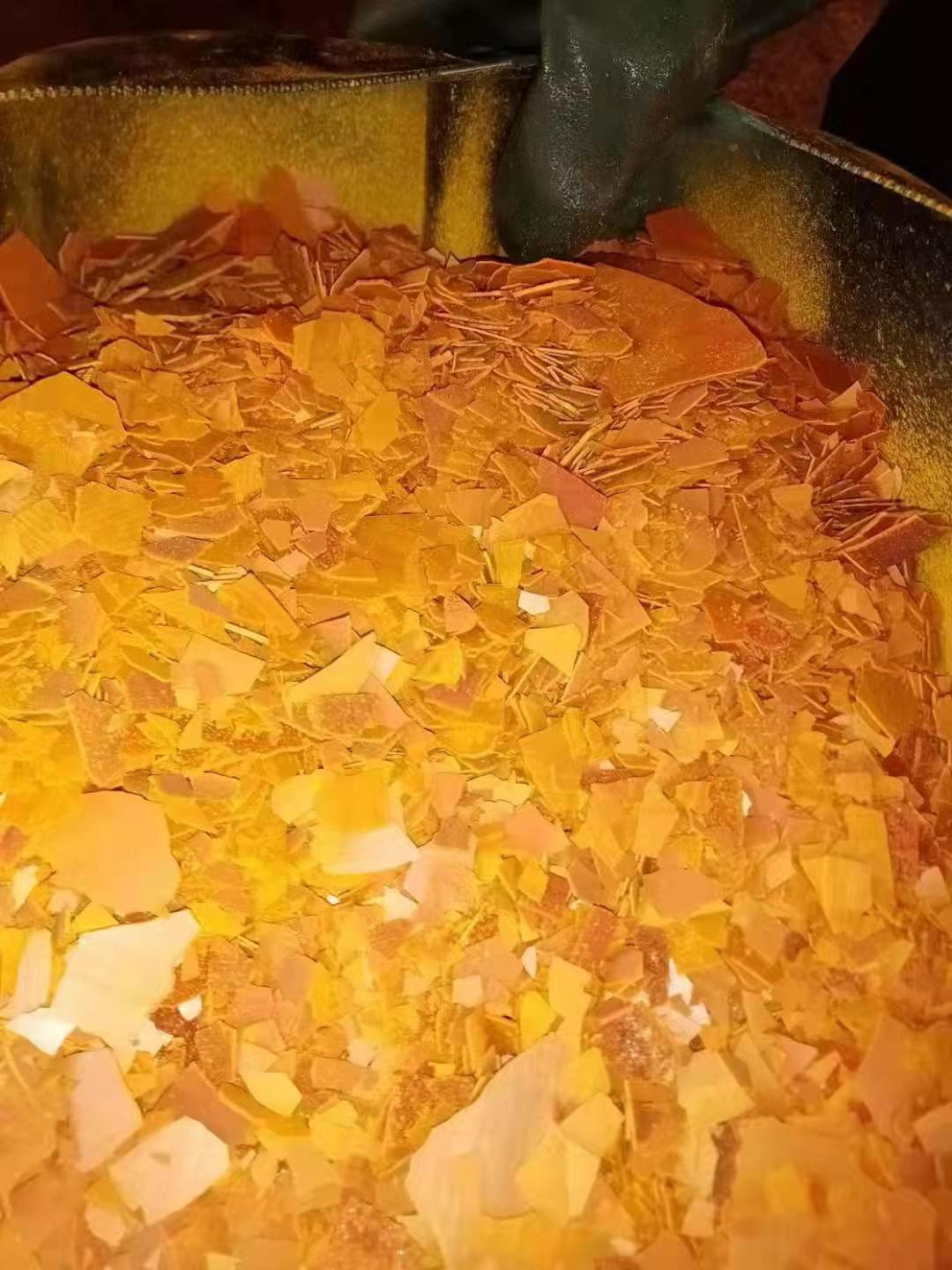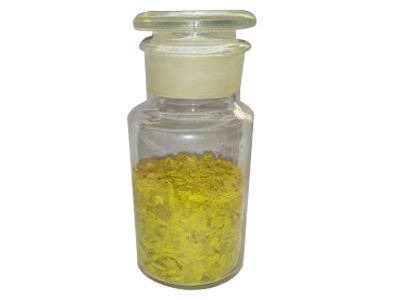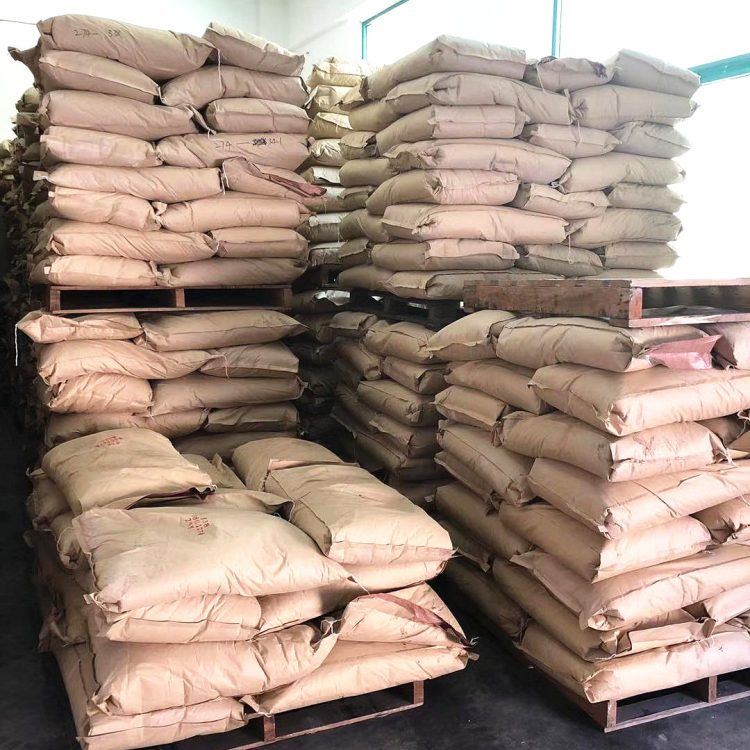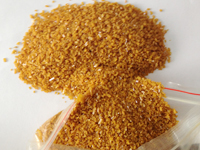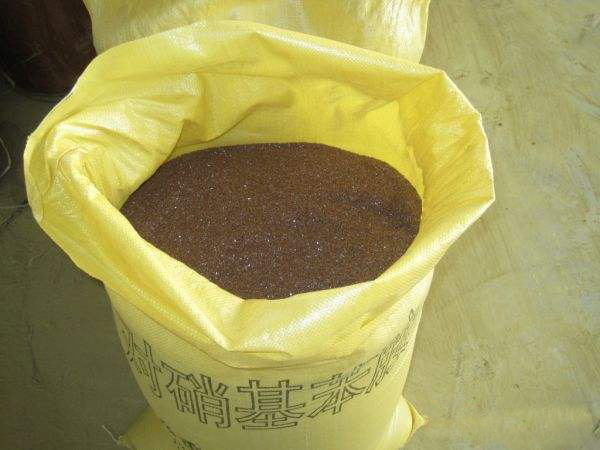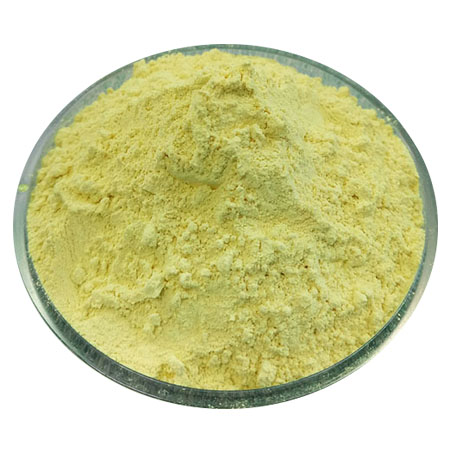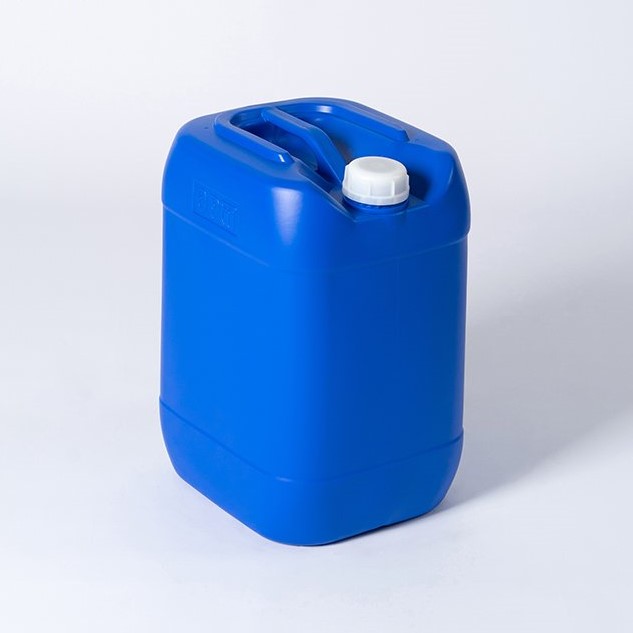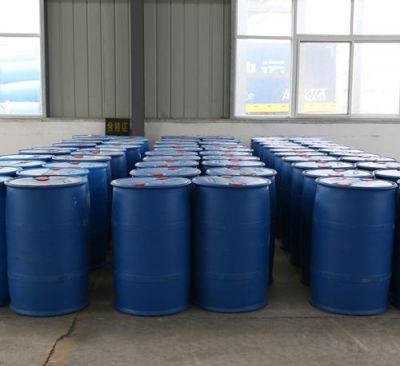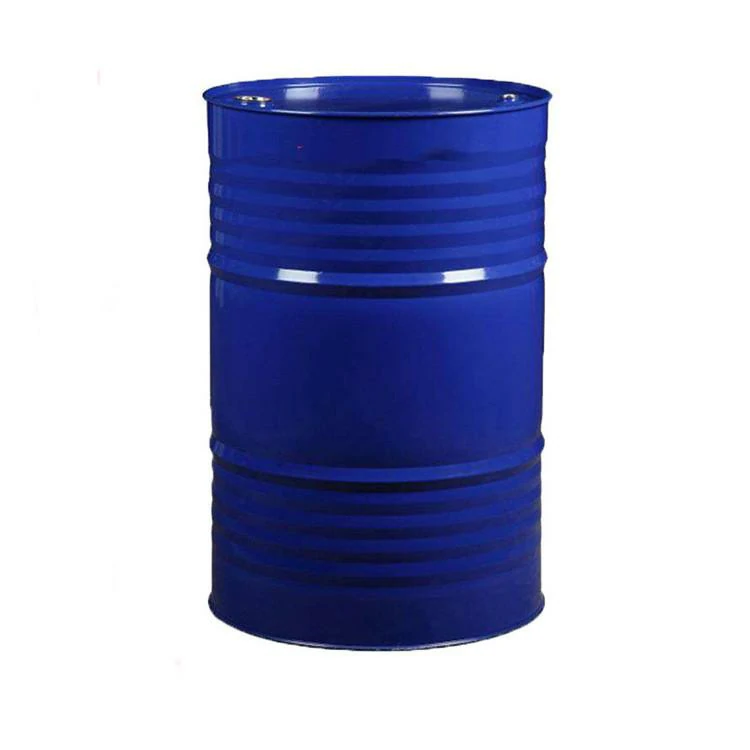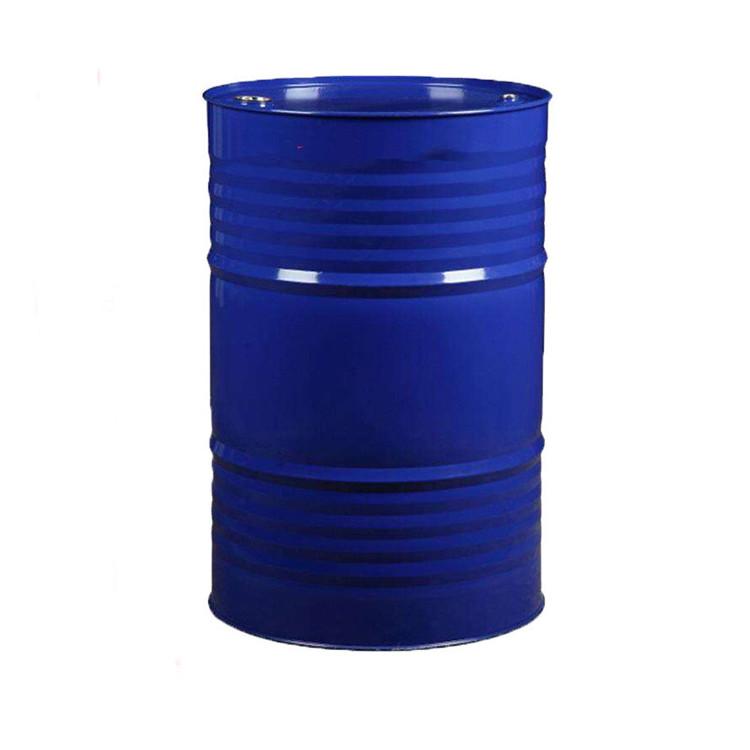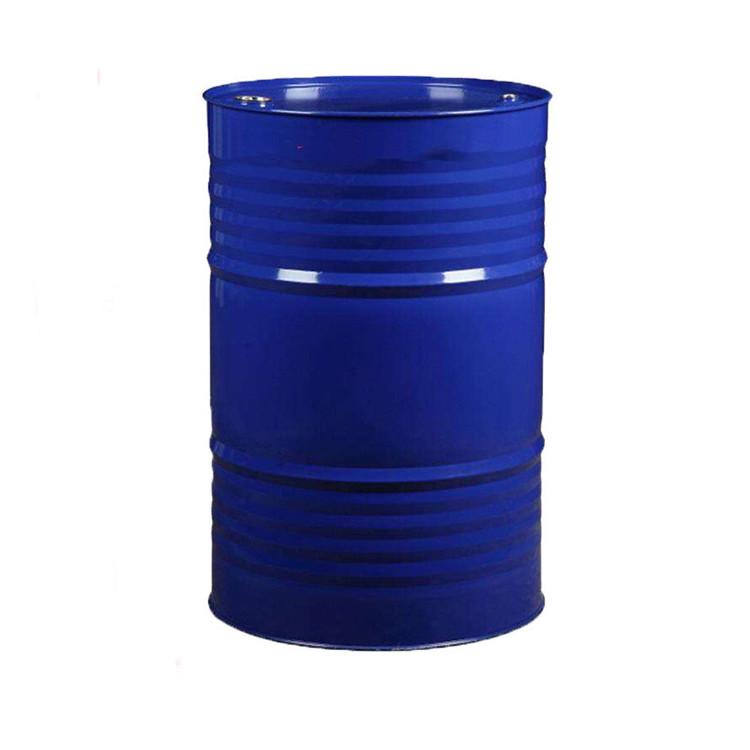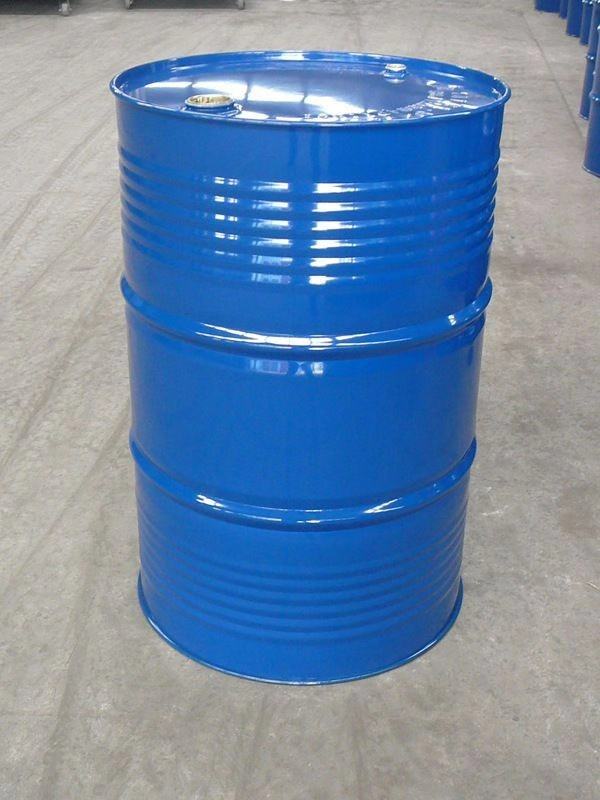Agrochemicals
Find
1816
related chemicals for you
CAS:88-74-4
Molecular Formula:C6H6N2O2
Alias
More Information
2-Nitro-Aniline; O-Nitraniline; Benzenamine, 2-Nitro-; Ortho-Nitro-Aniline; Benzenamine,2-Nitro; 1-Amino-2-Nitro-Benzene; 2-Nitrobenzenamine; 2-Nitrophenylamine; O-Nitroaniline; Devol Orange B; Azoic Diazo Component 6; Ortho Nitroaniiline; Ortho Nitro Aniline
Brief Introduction
2-nitroaniline is mainly used as dye intermediate and synthetic photo panning agent, as well as the determination of iodide and production of pesticide carbendazim. The toxicity is greater than aniline. It can be absorbed by skin and respiratory tract, which is a strong methemoglobin forming agent. The high-iron hemoglobin can cause tissue hypoxia and cyanosis, which may cause damage to central nervous system, cardiovascular system and other organs.
Suppliers
View More Vendors (3) >
CAS:88-75-5
Molecular Formula:C6H5NO3
Alias
More Information
Phenol, 2-Nitro-; 2-Hydroxynitrobenzene; 2-Nitro-Phenol; 2-Nitro-1-Hydroxybenzene; o-Nitrofenol; 2-Nitrylphemol; o-Hydroxynitrobenzene; Ortho-Nitrophenol; Ortho Nitrophenol; Phenol,2-Nitro; o-Nitro-Pheno; Phenol,o-Nitro; 2-Nitro-Pheno; Ortho Nitro Pheno; 2-Nitrophenol
Brief Introduction
1. It can be used as the intermediate of organic synthesis such as medicine, dyestuff, rubber assistant and photosensitive material.
2. Used as rubber antioxidant, developer, monochromatic pH indicator, photosensitive material, etc.
3. Used as organic synthesis intermediate, indicator and analytical reagent.
Suppliers
View More Vendors (3) >
CAS:100-01-6
Molecular Formula:C6H6N2O2
Alias
More Information
4-Nitroaniline; 1-Amino-4-Nitrobenzene; Benzenamine, 4-Nitro-; Pna; Developer P; Red2Gbase; 4-Nitro-Benzenamine; 4-Nitro-Aniline; +Kitronnilin; 4-No2-Aniline; P-Aminonitrobenzene; Devol Red Gg
Brief Introduction
It is an intermediate of various direct, acidic and disperse dyes and pigments, and an important pesticide intermediate.
Suppliers
View More Vendors (3) >
CAS:100-39-0
Molecular Formula:C7H7Br
Alias
More Information
A-Bromotoluene; Phenylmethyl Bromide; α-Bromotoluene; 1-Bromotoluene
Brief Introduction
Benzyl Bromide is a compound used in organic synthesis for the introduction of the benzyl protecting group for alcohols and carboxylic acids.
Suppliers
View More Vendors (3) >
CAS:100-47-0
Molecular Formula:C7H5N
Alias
More Information
Phenyl Cyanide; Phenylmethanitrile
Brief Introduction
Benzonitrile appears as a clear colorless liquid with an almond-like odor. Flash point 161°F. Denser (at 8.4 lb / gal) than water and slightly soluble in water. Used as a specialty solvent and to make other chemicals.
Suppliers
View More Vendors (3) >
Inquiry (
10
/ 10
)
Clear All
You can inquire for up to 10 products at a time
Sign In
Error!

